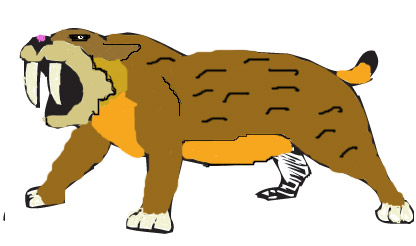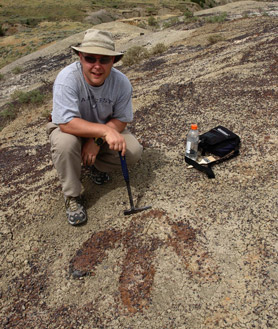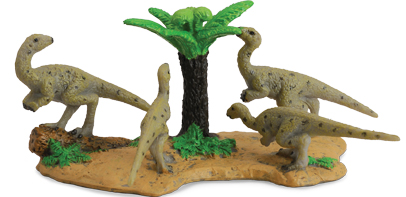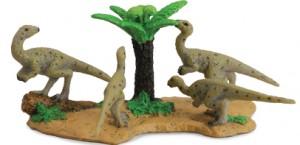Neanderthals Not as Stupid as Thought
Anglo American Research indicates Neanderthal Technology on a par with H. Sapiens
The popular myth of the slow, sluggish, ape-like Neanderthal being driven to extinction by the superior Homo sapiens is being further challenged by a new study into Neanderthal technology by a team of British and American researchers.
Neanderthal
It is important to note that the Neanderthals were a highly successful human species, physically better adapted to the harsh, cold climate of Europe during the Pleistocene than modern humans. They were probably capable of complex speech and our view of the culture has been revised with recent fossil finds.
Neanderthals have had a bad press, this is partly due to the inaccurate and flawed interpretation of a nearly complete skeleton found at La Chapelle-aux-Saints, France in 1908. The skeleton was discovered by monks building a new Abbey and examined by the renowned French scientist M. Boule. A number of leading academics, including Boule believed that Neanderthals were not closely related to modern humans, the absence of any knowledge about DNA or the true nature of genetics at the time did not help with a resolution to this matter.
This specimen was used to demonstrate the differences between the two species, the Neanderthal, was a stooping, ape-like animal, the stance and posture gave illustrators license to represent Neanderthals as hairy and brutish looking. The skeleton found at La Chapelle-aux-Saints was of an elderly male with chronic arthritis. This condition had deformed the bones and this led to the depiction of a slow, clumsy, dim witted Neanderthal.
New Research
Now research by UK and American scientists has struck another blow to the theory that Neanderthals (Homo neanderthalensis) became extinct because they were less intelligent than our ancestors (Homo sapiens), Neanderthals were very capable and efficient tool makers, at least as good as our own species. The research team has shown that early stone tool technologies developed by us – Homo sapiens, were no more efficient than those used by Neanderthals.
Published in the Journal of Human Evolution, their discovery helps to refute a textbook belief held by archaeologists and anthropologists for more than 60 years.
The team from the University of Exeter, Southern Methodist University, Texas State University, and the Think Computer Corporation, spent three years flintknapping (making stone tools). They knapped stone tools known as ‘flakes,’ which were wider tools originally used by both Neanderthals and by the first modern people, and ‘blades,’ a narrower stone tool later adopted by Homo sapiens. Archaeologists often use the development of stone blades and their assumed efficiency as proof of our superior intelligence. To examine this hypothesis, the scientists analysed a number of tools that were produced, studying how much cutting-edge was created, the efficiency in consuming raw material and how long tools lasted.
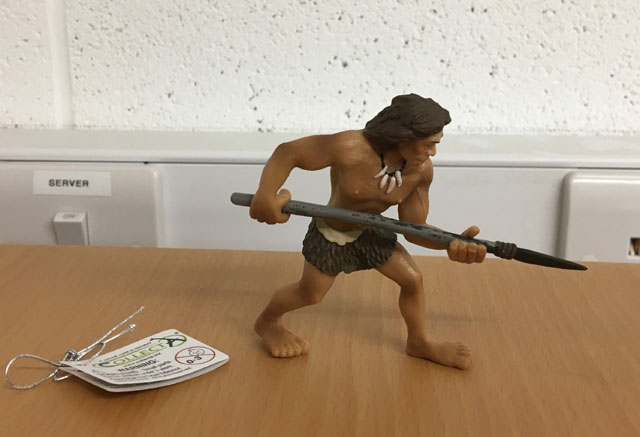
Selecting a CollectA Neanderthal man figure for an Everything Dinosaur customer. Picture credit: Everything Dinosaur.
Picture credit: Everything Dinosaur
The model shown above is the CollectA Neanderthal man figure, to view the range of CollectA models: CollectA Prehistoric Animal Models.
It is known that Neanderthals did use stone tools in slightly different was to our own species, for example their grip was much stronger and they were more capable of making powerful scraping strokes on animal hide. They also may have held animal skins in their teeth (wear marks on enamel my indicate this) and manipulated them this way whilst scraping of the flesh to make hides and to access all the meat on a carcase.
Stone Blades
Stone blades were first produced by Homo sapiens during their colonisation of Europe from Africa approximately 40,000 years ago. This has traditionally been thought to be a dramatic technological advance, helping modern humans out-compete, and eventually oust the Neanderthals. Yet when the research team analysed their data there was no statistical difference between the efficiency of the two technologies. In fact, their findings showed that in some respects the flakes favoured by Neanderthals were more efficient than the blades adopted by our own species.
Challenging Beliefs
Many long-held beliefs suggesting why the Neanderthals went extinct have been debunked in recent years. Research has already shown that Neanderthals were as good at hunting as Homo sapiens and had no clear disadvantage in their ability to communicate. Although, they probably did have different hunting strategies and techniques. Evidence from fossil Neanderthal bones reveal many injuries, the sort of damage that would have occurred if the Neanderthal got up close and personal with his or her quarry. Their spears were better designed for thrusting rather than throwing so this too indicates that they brought down prey at close quarters. Now, these latest findings add to the growing evidence that Neanderthals were no less intelligent than our ancestors.
Metin Eren, an MA Experimental Archaeology student at the University of Exeter and lead author on the paper comments:
“our research disputes a major pillar holding up the long-held assumption that Homo sapiens were more advanced than Neanderthals. It is time for archaeologists to start searching for other reasons why Neanderthals became extinct while our ancestors survived. Technologically speaking, there is no clear advantage of one tool over the other. When we think of Neanderthals, we need to stop thinking in terms of ‘stupid’ or ‘less advanced’ and more in terms of ‘different.'”
Now that it is established that there is no technical advantage to blades, why did Homo sapiens adopt this technology during their colonisation of Europe? The researchers suggest that the reason for this shift may be more cultural or symbolic. Eren states:
“Colonising a continent isn’t easy. Colonising a continent during the Ice Age is even harder. So, for early Homo sapiens colonising Ice Age Europe, a new shared and flashy-looking technology might serve as one form of social glue by which larger social networks were bonded. Thus, during hard times and resource droughts these larger social networks might act like a type of ‘life insurance,’ ensuring exchange and trade among members on the same ‘team.'”


